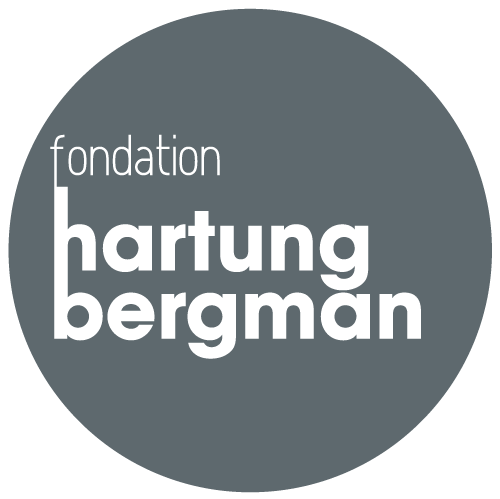EN :
One wonders, and it’s a question many find intriguing, how landscapes, light, and places exert their influence upon the inspiration of painters who, like Hans Hartung, no longer directly reference them for their paintings. The support they provided to nature, with its landscapes, seascapes, or figures, has vanished. An exciting and new question arises. Just as air, light, and shapes could previously cast their projection upon the mind—even upon that of a man who conceives of painting only outside representation—imperceptible molecules, like tiny grains of sand, invisibly alter the quality through which a man perceives, the order of forms through which the mind perceives them.
I have always been struck by the extremely direct way in which Hans Hartung looks at things. And his speed of observation—whether it be landscapes (at the water’s edge), Mediterranean skies, or the great chaos of stones cut in the quarries at Les Baux—his visual acuity is matched only by the precision with which he analyses what he has seen. For him, what counts is capturing the forms that, for the painter, become meaningful in their beauty or resemblance, their reference to works already seen, admired, and done so at the same speed with which an eye perceives them. The crucial difference is that while the reporter seeks to capture facts in their fleeting and complete expression, favoured by fortunate chance which dictates composition, the reporter’s eye projects onto the scene the idea of composition—a creative decision, arrangement, and artistic organisation which overlays the scene and aligns, in the best of cases, with the idea of composition, or artistic organisation particular to painting, and moreover, the enhancement favouring the sought-after expression gives it its brilliance. Hans Hartung’s eye can afford to take its time. Nothing forces him to hurry.


